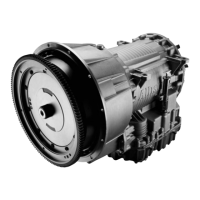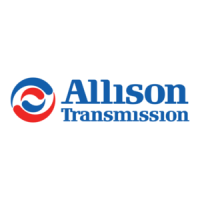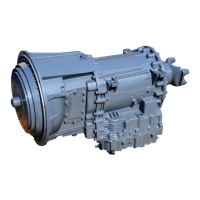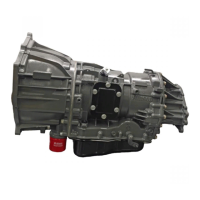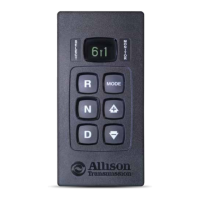4–1. INSPECTING INPUT COMPONENTS
a. Bolt Holes. Inspect all bolt holes on the front of the transmission and rear of
the engine that are used in connecting the transmission to the engine. The threads
must be undamaged and the holes free of chips or foreign material.
b. Pilot Boss. Inspect the pilot boss (at the center of the flywheel) for damage or
raised metal that prevents free entry into the crankshaft hub (or adapter).
c. Starter Ring Gear. Inspect the starter ring gear for excessive wear or
damage.
d. Transmission Mounting Flange. Inspect the transmission mounting flange
for raised metal, dirt, or if used, pieces of gasket material.
e. Transmission-to-Engine Mounting. Inspect the transmission-to-engine
mounting flange for raised metal, burrs, or pieces of gasket material (if used).
Remove any of these defects. Inspect the threaded holes for damaged threads.
4–2. INSTALLING OUTPUT FLANGE OR YOKE
a. Output Oil Seal. Inspect the output oil seal for leaks or damage. Refer to
Customer Service Section, Table 8–1, for the appropriate service manual for
replacement instructions. If not replacing the oil seal, lubricate it with
high-temperature grease or transmission fluid.
CAUTION: DO NOT attempt to polish the oil seal contact surface on
the flange or yoke. Scratches or machine-type lead can cause the seal to
leak.
b. Inspect Flange or Yoke. Inspect flange or yoke for damage or wear. The oil
seal contact surface must be smooth and regular to prevent oil leaking past the
seal. Rotate the flange after installation to be sure that the flange isn’t binding.
TRANSMISSION
PREPARATION
Section IV
55
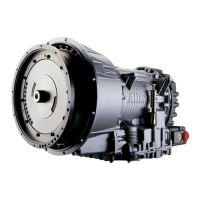
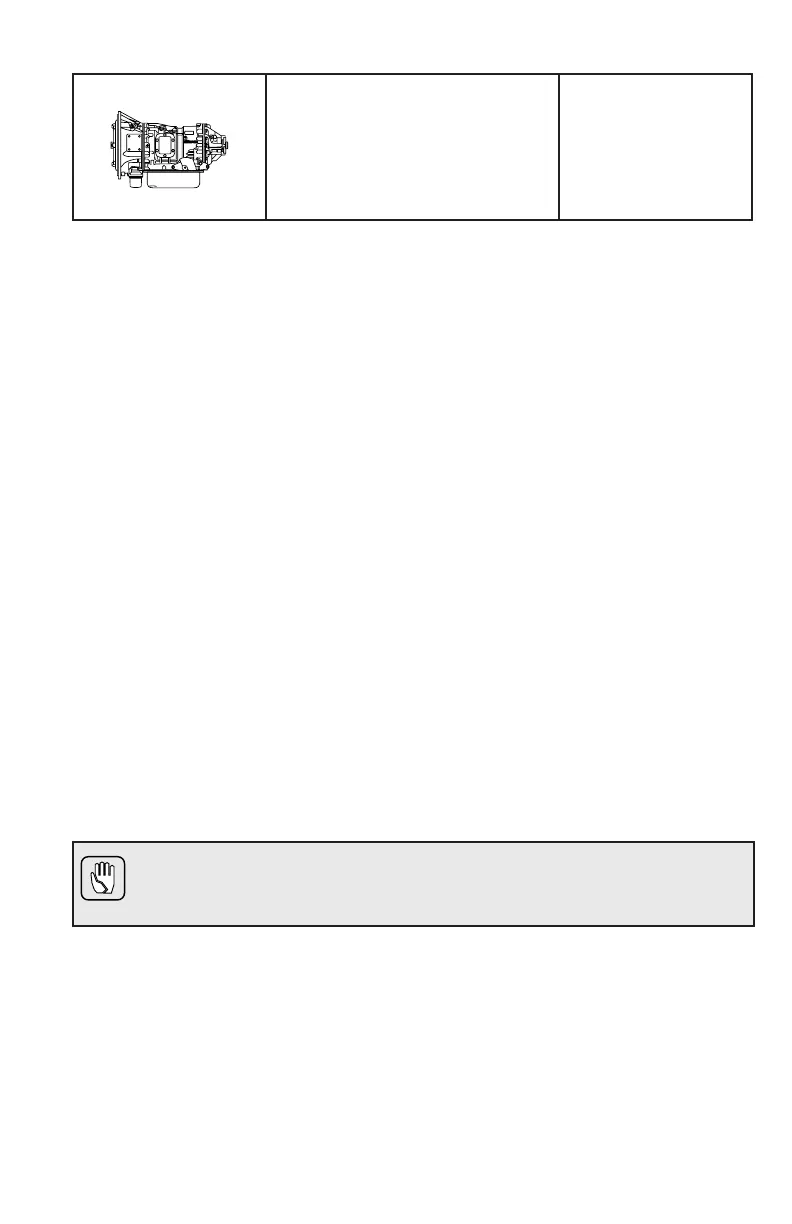